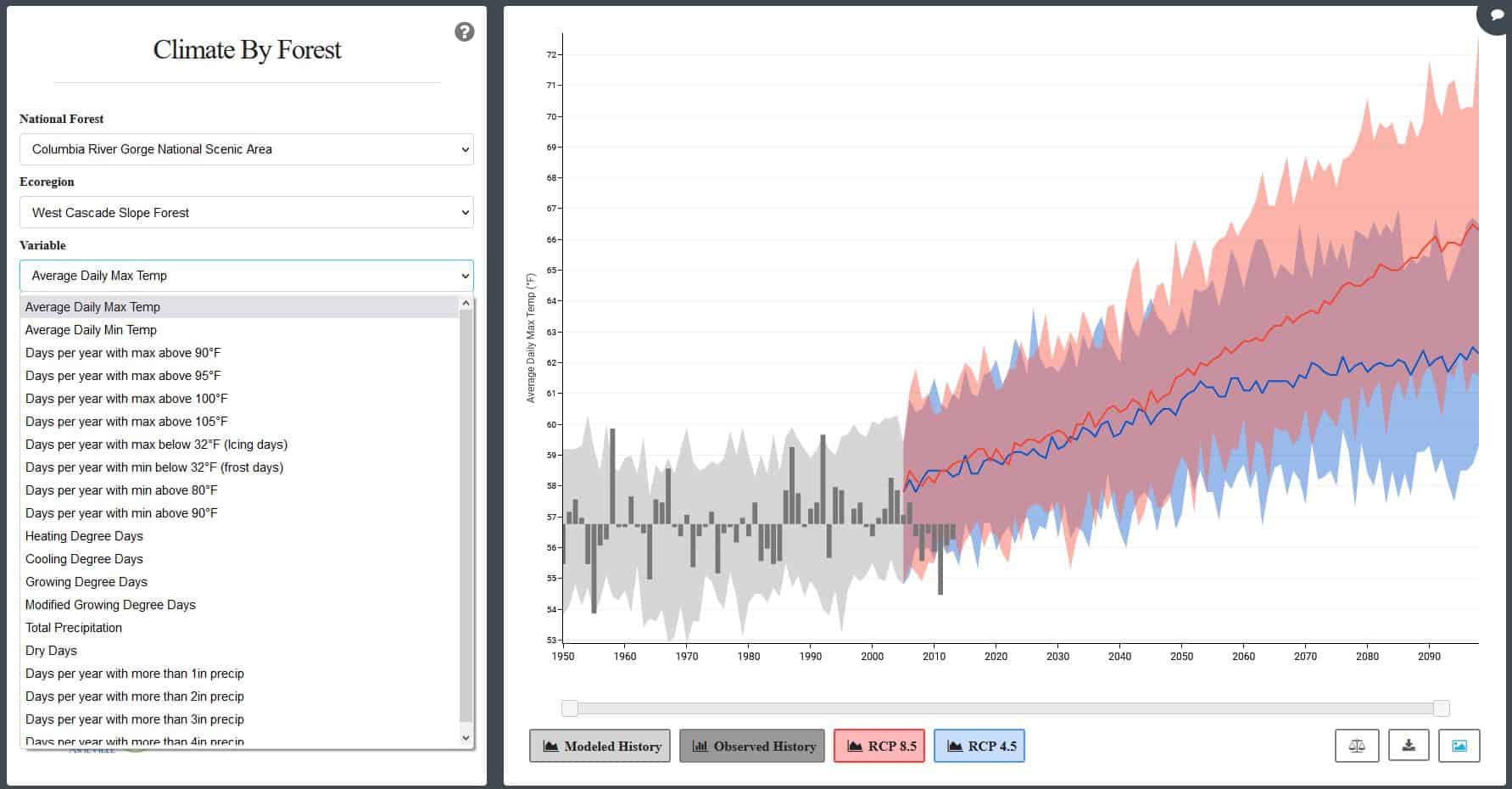This note from the American Forest Resource Council‘s February 2022 newsletter may be of interest:
Forest Service Receives Disaster Relief Funding; Timber Outputs Continue to Diminish
The Pacific Northwest Region of the U.S. Forest Service was allocated $291.2 million in disaster relief supplemental funding to be directed to recovery actions associated with wildfires, floods, and other natural disasters. This allocation is a component of the $1.36 billion of supplemental appropriations provided to the Forest Service through the Extending Government Funding and Delivering Emergency Assistance Act of 2021. Most of the funding directed to the Pacific Northwest will be allocated to National Forests in Oregon, specifically those in western Oregon impacted by the 2020 Labor Day fires. The Mt. Hood, Willamette, Umpqua, and Rogue River-Siskiyou National Forests will receive 85% of the $252.9 million directed to Oregon. A complete breakdown of the funding allocation can be found here.
According to a press release on February 16, a portion of the $30.4 million allocated to the Rogue River-Siskiyou National Forest will be directed to the removal of fire-killed trees posing a safety hazard to forest roads caused by the Slater Fire. Similar expenditure of funds is certain for the Mt. Hood, Willamette, and Umpqua National Forests. Each attempted to removed hazard trees by selling them to the local timber industry for manufacturing into wood products; but were met with lawsuits from special interest groups that halted the removal and utilization of those fire-killed trees. Other activities proposed include road resurfacing, culvert replacements, bridge repair, hazardous material/waste removal, and nursery upgrades.
Counter to conventional thinking, this type of funding influx will likely cause the Region’s timber and vegetation management programs to shrink rather than remain stable. For example, as of December 1, 2021, the Willamette National Forest’s assigned timber target was 65 million board feet (MMBF). Less than three months later that target was reduced by nearly 50% to 35 MMBF following the allocation of $78.6 million in disaster relief funding. The cause of this decline is partly of function of reprioritization to address critical disaster relief needs and partly a function of how this supplemental funding can be used.
There are generally two operative sides to every project on U.S. Forest Service land: the planning side (NEPA analysis, wildlife & heritage surveys, timber sale layout, etc.) and the implementation side (completion of the work). Since each side is dependent on the other to achieve project success, each side must be adequately funded in a well-balanced manner. Infusions of supplemental funding, such as the disaster relief fund, have a tendency to disrupt this balance since its allocation is typically limited to the implementation side of the equation and not to the planning side.
For example, the Forest Service may allocate $10 million of supplemental funding to resurface damaged roads. That money will be directed to the material and labor necessary to do the resurfacing. However, none of that money will enable the Forest Service to hire a new engineer to plan and oversee this work, or a new soil scientist to analyze the impacts of the roadwork. The Willamette National Forest recently pointed to engineering gaps as partial cause for the reduction of their timber outputs, as engineers are redirected from timber sale planning to disaster relief planning.
Another scenario that is currently playing out on several National Forests impacted by wildfire is related to their inability to remove and sell fire-killed trees posing a hazard to roads. The Rogue River-Siskiyou National Forest will allocate funding to fell and dispose of those hazard trees, but none of that funding will support the planning and analysis necessary to facilitate such work. Once again, the Forest Service will be compelled to redirect its current staffing resources and by doing so will likely suffer shortfalls in their vegetation management and timber programs.
If the vast majority of supplemental funding continues to be directed solely to the implementation side while the planning side is neglected, we will likely see future renditions of this year’s Willamette National Forest program, only at a much larger scale. This should be a troubling sign for anyone who is interested in seeing the $4 billion from the Infrastructure Investment and Jobs Act directed to forest management result in more acres treated for hazardous fuels reduction or elevated timber outputs. /Andy Geissler

